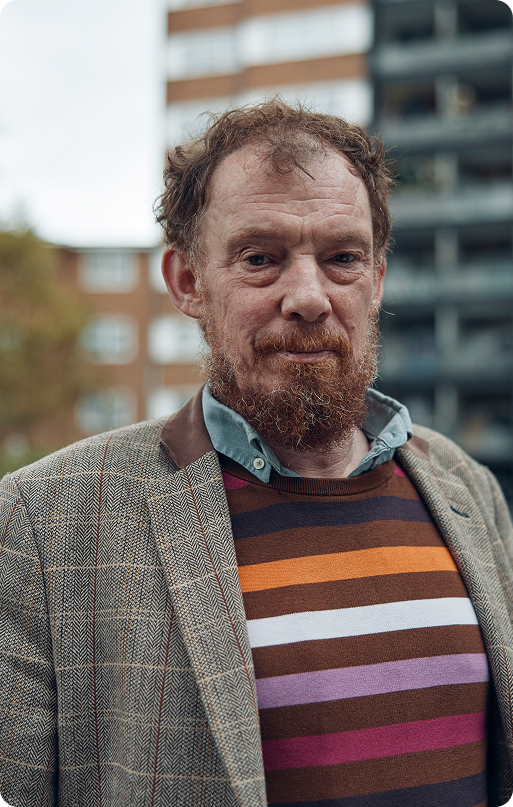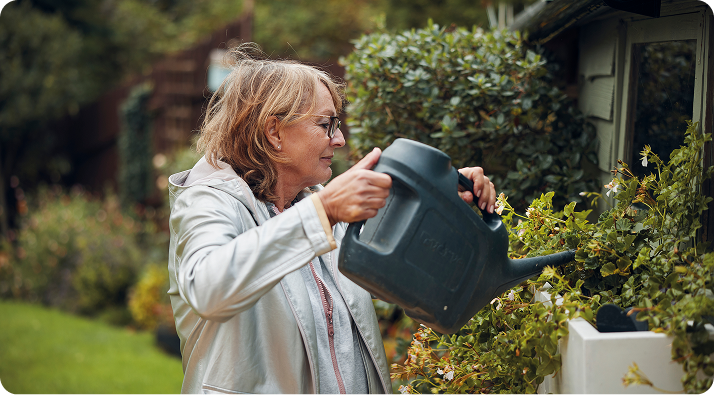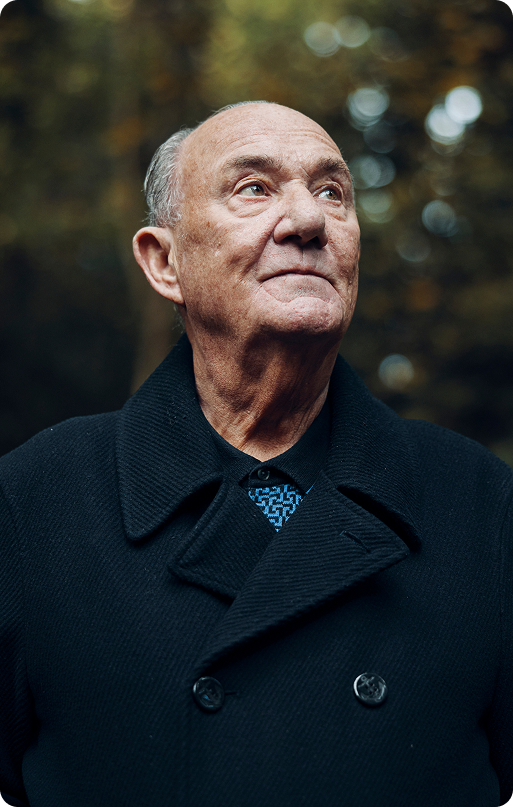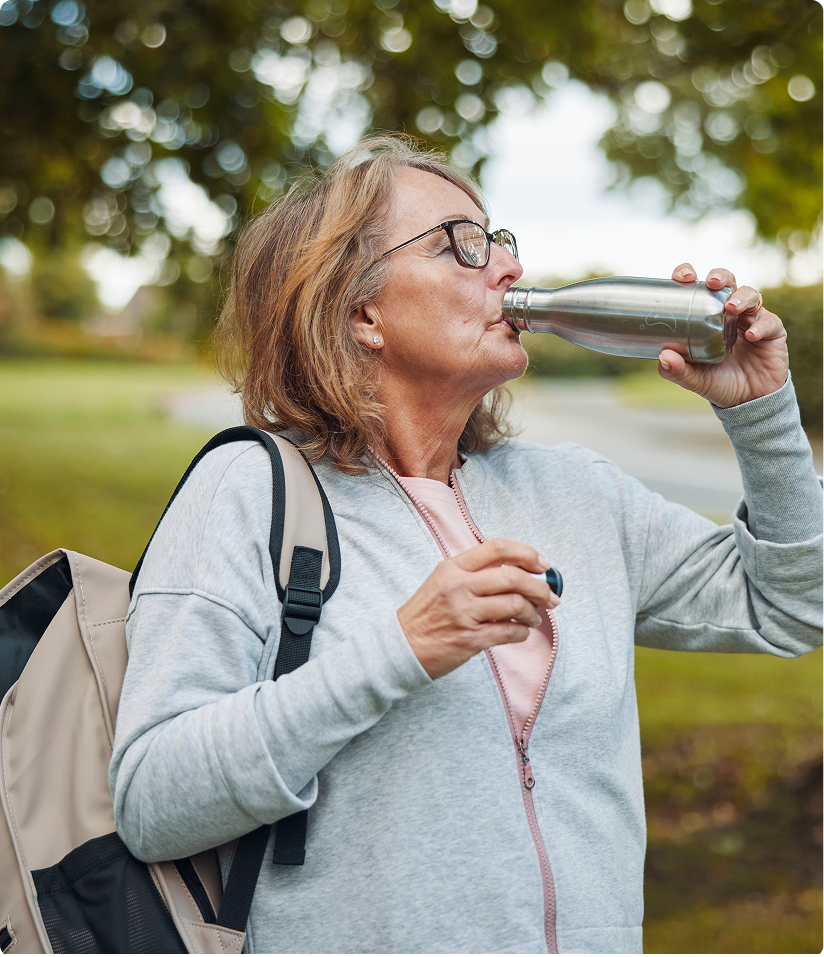



Exercises for COPD
When you’re living with chronic obstructive pulmonary disease (COPD), becoming breathless can feel uncomfortable or even worrying. Many people try to avoid it by doing less – but over time, this can make things worse.1
The less active you are, the more your fitness and confidence can drop. This can lead to feeling more breathless, even during simple everyday tasks. The good news is that gentle exercise can help break this cycle.1
Is it safe to exercise with COPD?
Yes — in most cases, exercise is safe and recommended. In fact, being active is one of the best ways to manage your COPD.1
You may feel breathless when you exercise, but this isn’t harmful. It’s simply your lungs working harder to get oxygen to your muscles. Over time, regular movement can actually help reduce how breathless you feel.1

Always check with your doctor, nurse or pharmacist before starting new exercises – especially if you haven’t been active for a while.
Small steps, big results
You don’t need to go to a gym or run long distances. Even if you have limited mobility or are chair-bound, small movements can still make a difference.1
We’ve created a series of simple home exercises to help you build strength, improve mobility and feel more confident. You can follow along at your own pace using the videos below.
Step Ups
Step ups are a simple, low-impact exercise where you step onto a raised platform, one foot at a time.2
Step ups are a great way to build up the strength in your legs. It is a simple exercise that be performed using the stairs in your home or a bench.2,3
Sit to stand
Sit to Stand is just what it sounds like — moving from sitting down to standing up.2
This simple exercise helps strengthen your leg muscles, improve your balance, and boost your mobility. It’s especially helpful for making everyday tasks, like getting up from a chair or using the toilet, easier and safer.2,4
Arm punches
Arm punches are a great way to build upper body strength and get your heart pumping — without needing any equipment.2
The exercise involves punching your arms forward, one at a time, while keeping your fists gently closed.2
Mini Knee Lifts
Mini knee lifts involve lifting each knee with an outstretched leg, while seated. This exercise strengthens leg muscles which is beneficial for enhancing your ability to do daily tasks.2
Begin with small lifts and gradually increase repetitions. You can also hold your hands out to the sides to engage your core muscles in the lifts.2
Stretches
Stretching helps to gently lengthen your muscles, improve your flexibility, and ease any stiffness you may feel — especially after exercising.2
It also helps to bring your heart rate and breathing back to normal, making it a great way to cool down.2
Seated Bicep Curls
Seated bicep curls are a great way to strengthen your arms and upper body, which can help with daily tasks like lifting shopping bags or reaching for items at home.2
Want to discuss this topic in your next appointment?
Abbreviations:
References:
- NHS Inform, 2024. Available at: https://www.nhsinform.scot/illnesses-and-conditions/lungs-and-airways/copd/exercising-with-copd/ . Accessed August 2025.
- Asthma + Lung, 2022. Your Exercise Handbook. Available at: https://www.asthmaandlung.org.uk/sites/default/files/Exercise%20handbook_May22_C%2BC_Digital_Live.pdf . Accessed August 2025.
- BBC. Sport Academy. Available at http://news.bbc.co.uk/sportacademy/hi/sa/in_the_gym/exercises/newsid_2084000/2084310.stm. Accessed October 2025.
- Elsevier, 2022. Sit-To-Stand Exercises. Available at: https://elsevier.health/en-US/preview/sit-to-stand-exercises . Accessed August 2025.